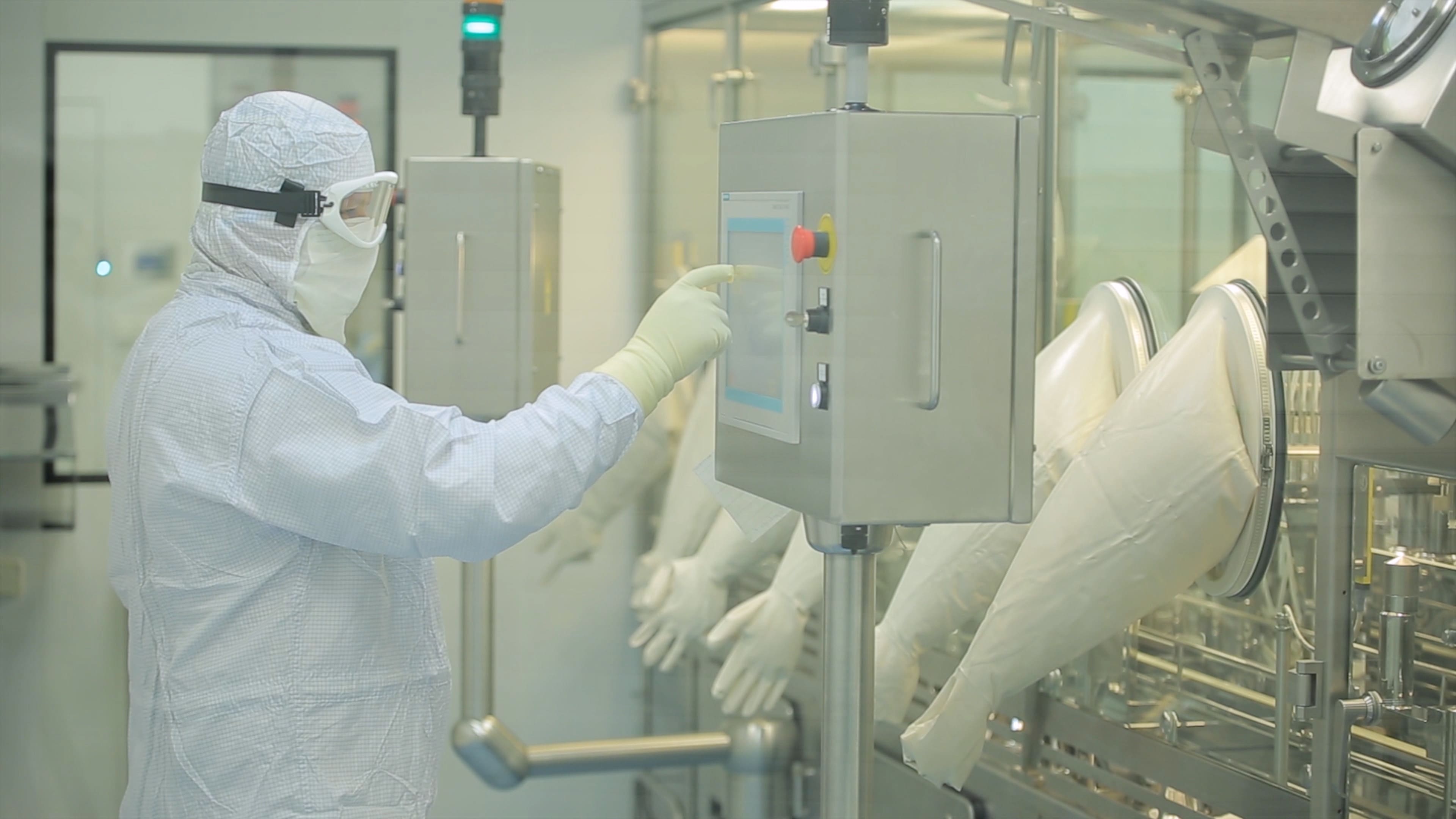Education: A New Technology-driven Paradigm in the Making
African context to education
This blog is written just after the United Nations General Assembly Education Summit 2022 concluded its deliberations and where over 130 countries heeded a call to reboot their education systems, offering the world’s children new hope for a better future.
The summit reflected on how some 147 million students missed over half of their in-person instruction since 2020. According to UN research 244 million children and young people were out of school in 2021. It was reported that the pandemic has harmed the learning of more than 90% of the world’s children – the largest disruption in history – with half of all countries cutting their education budgets, further deepening the crisis.
South Africa was not spared the impact of the pandemic on education outcomes. It is a well-known fact that most schools do not have the required ICT resources to take advantage of online teaching and learning, which can be a great catalyst particularly given the poor learner-teacher ratios. The WOW report on Education in South Africa – 2022 states that in government schools (where teachers are only paid by the state) the ratio of learners to teachers is 31.4 to 1, and in schools where teachers are paid by both the state and the school governing body, the ratios of learners to teacher are 34.1 to 1. This compares unfavourably to the global average (in 2018) of 23 to 1. To highlight the challenge for the continent, the average in sub-Saharan Africa is 37 to 1, according to the World Bank.
The disruption caused by the pandemic puts further strain on the already fragile system that was grappling with a number of transformational changes in moving from apartheid education, based on class and race. Structural changes were introduced, the education curriculum was revamped, and access improved while the sector was trying to meet the skills requirements of industries.
How the socio-economic environment further complicates education in South Africa
The socio-economic situation in South Africa further adds to the complexity of promoting access and equity. Even if there was a drive to move learners online to address over-crowding and the shortage of mathematics teachers, many children in poor households do not have a quiet workspace, desk, computer, internet connectivity, or parents with the time or capacity to take on the role of home-educators. Teachers in most public schools were themselves in the process of learning how to integrate technology and online methodologies into teaching and learning.
Changes implemented since the dawn of democracy
The above challenges combined with the structural changes that started in the early days of the democratic dispensation, where the former education department was divided into two separate entities of basic and higher education, and later complemented by the introduction of Skills Education Training Authorities (SETAs). The SETAs are responsible for skills training, work opportunities and work placements for artisans, and are financially supported by the National Skills Fund (NSF). Technical and Vocational Education and Training (TVET) colleges entered into partnership agreements with SETAs to ensure that students are equipped with appropriate skills for the workplace. One can glean from the above the magnitude of issues to be tackled to develop an appropriate and functioning education system that responds effectively to the labour market’s needs.
Into the future of education
Globalisation and the technological advancements driving the demand for the science, technology, engineering and mathematics (STEM) fields just made reaching the goal more daunting, given that many public schools have low levels of achievement in literacy, mathematics, and science. The public school curriculum and the inadequacy of the teaching environment, especially at secondary education level, do not equip learners sufficiently with skills needed for today’s technologically-driven world of work. It also affects tertiary education where standards are under strain as a consequence.
What could be the light at the end of this dark tunnel? Experts predict a large wave of retirements will hit the South African teaching profession in the next few years, peaking in about 2030 and ending in 2040. About 45% of the country’s over 400,000 teachers are set to retire during that period. Under normal circumstances, this presents challenges. However looking at the paradigm shift required in the basic education space, this phenomenon presents an opportunity to groom younger, better maths literate and technology savvy teachers to take education into the future and restore it to its rightful place, where both secondary and tertiary education fulfils the learners’ future needs by providing skills and knowledge appropriate to 21st century requirements.
The departments of education should take advantage of the opportunities technology offers in the field of education and adapt teacher curricula. As related in Businesstech: “The role of the educator must evolve from “the sage on the stage” into one of “the guide from the side”, the facilitator of skills development, with a greater focus on higher-order thinking skills such as analysing, synthesis, application of knowledge and problem-solving.”
Contact us to access WOW's quality research on African industries and business
Contact UsRelated Articles
BlogCountries Human health and social work activitiesSouth Africa
The cleaning products industry – trends and sustainability
Contents [hide] Making soap is a simple process of adding caustic soda to water and mixing it with oil, yet the industry has become one of the most essential and...
BlogCountries Human health and social work activitiesSouth Africa
Is the South African healthcare sector in crisis?
Contents [hide] Introduction Information on the healthcare sector is plentiful and summarised in the latest WOW report on the healthcare sector in South Africa. Besides the issue of the relatively...
BlogCountries Human health and social work activitiesSouth Africa
Exploring Pharmaceutical Companies in South Africa
Contents [hide] The pharmaceutical industry in South Africa, like in many other countries, is made up of a mix of local and international owners. Over the years, multinational pharmaceutical companies...





